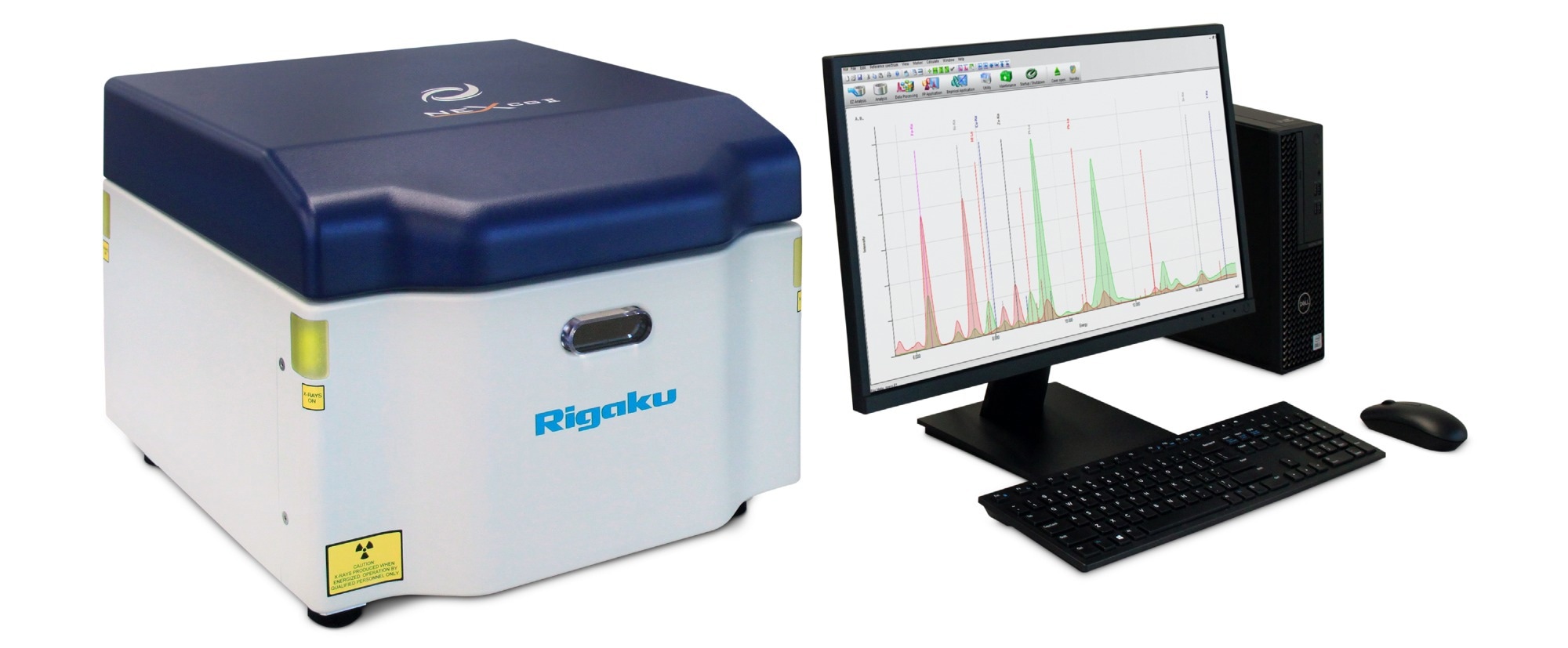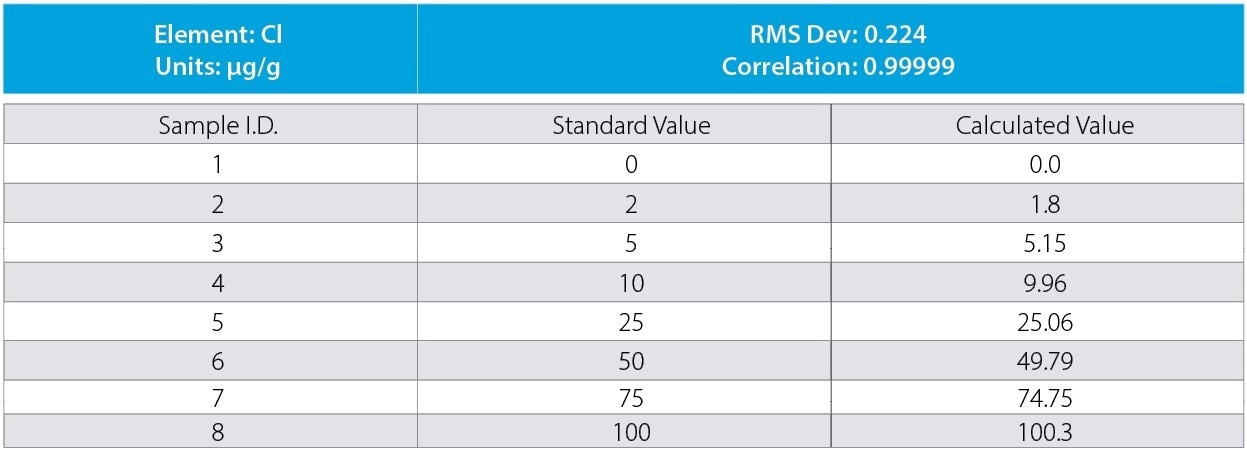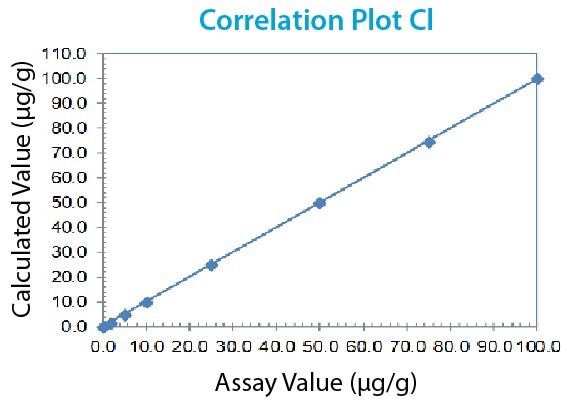The analysis of organic chloride in crude oil using MEDXRF (Monochromatic EDXRF) provides superior performance for ASTM D4929 Part C and complies with other ASTM, EPA, and International requirements that are critical to the petroleum industry.
Chlorides in crude oil contribute to corrosion in the piping at refineries during cracking as well as mid-stream in pipelines. Organic chlorides do not naturally occur in crude oil; however, inorganic chlorides in the form of salts and trace levels of residual organic chlorides from various natural sources can contribute to the total chlorine content.
Inorganic chlorides can be removed from crude oil through a wash process; however, low levels of organic chlorides may remain.
Contracts at the pipelines may contain clauses limiting the amount of organic chloride allowed in the crude. Moreover, at the refinery, after desalting and desulfurization, crude needs to be analyzed for any residual organic chlorides possibly still entrained in the feedstock to avoid potential damage during the refining process.
Thus, the need for a reliable measurement of low level and trace chlorine is critical in the petroleum industry. To meet this vital need, Rigaku offers NEX CG II monochromatic EDXRF using Cartesian Geometry and polarization.

Image Credit: Rigaku Corporation
Instrumentation
Model: Rigaku NEX CG II
X-Ray tube: 50 W Pd-anode
Excitation: Indirect with polarization monochromatic EDXRF
Detector: Large-area SDD
Analysis time: 300 seconds
Environment: Helium purge
Film: Polypropylene 4 μm
Sample Preparation
ASTM D4929 is designed for the measurement of residual organic chlorides in crude. The crude oil sample is first prepared by wash and distillation to remove H2S and inorganic chlorides. After the wash and distillation processes, the resulting naphtha fraction is analyzed for chlorine content by XRF using Part C methodology.
The naphtha fraction is typically stable, containing less than 1000 μg/g S. XRF calibration is made using mineral oil calibration standards, as mineral oil models naphtha for X-Ray response.
To prepare a sample for XRF analysis, simply place 4.0 g of sample in a standard 32 mm XRF sample cup and measure directly.
Calibration
As per D4929 Part C, empirical calibration was made using commercially available mineral oil standards. For optimum calibration, the standards contain both sulfur and chlorine, with sulfur content ranging from 100 to 1000 μg/g. Alpha corrections are automatically employed to compensate for sulfur’s effect on chlorine X-Rays.
Table 1. Source: Rigaku Corporation


Image Credit: Rigaku Corporation
Precision
To demonstrate the recovery, precision and repeatability of the measurement, a few calibration standards were selected, with the results shown below. The ASTM repeatability r = 2.77 σ.
Table 2. Source: Rigaku Corporation

Detection Limits
The empirical method is used to determine detection limits using a 300-second measurement time. Ten repeat analyses of a blank mineral sample are taken with the sample in a static position and the standard deviation (σ) is determined. The lower limit of detection (LLD) is then defined as three times the standard deviation (3 σ).
Table 3. Source: Rigaku Corporation

LLDs shown are typical and may differ depending on measurement time used and the overall elemental composition of the sample being tested.
Conclusion
NEX CG II using 90° Cartesian Geometry polarization monochromatic EDXRF gives superior performance for the measurement of organic chloride in crude oil as per ASTM D4929 Part C.
NEX CG II also complies with many other ASTM methods and EPA requirements for critical measurements in the petroleum industry, making it an excellent choice as an all-in-one analyzer for measuring sulfur and ultra-low sulfur, metals in crude and residual oil, and lube oils.

This information has been sourced, reviewed and adapted from materials provided by Rigaku Corporation.
For more information on this source, please visit Rigaku Corporation.